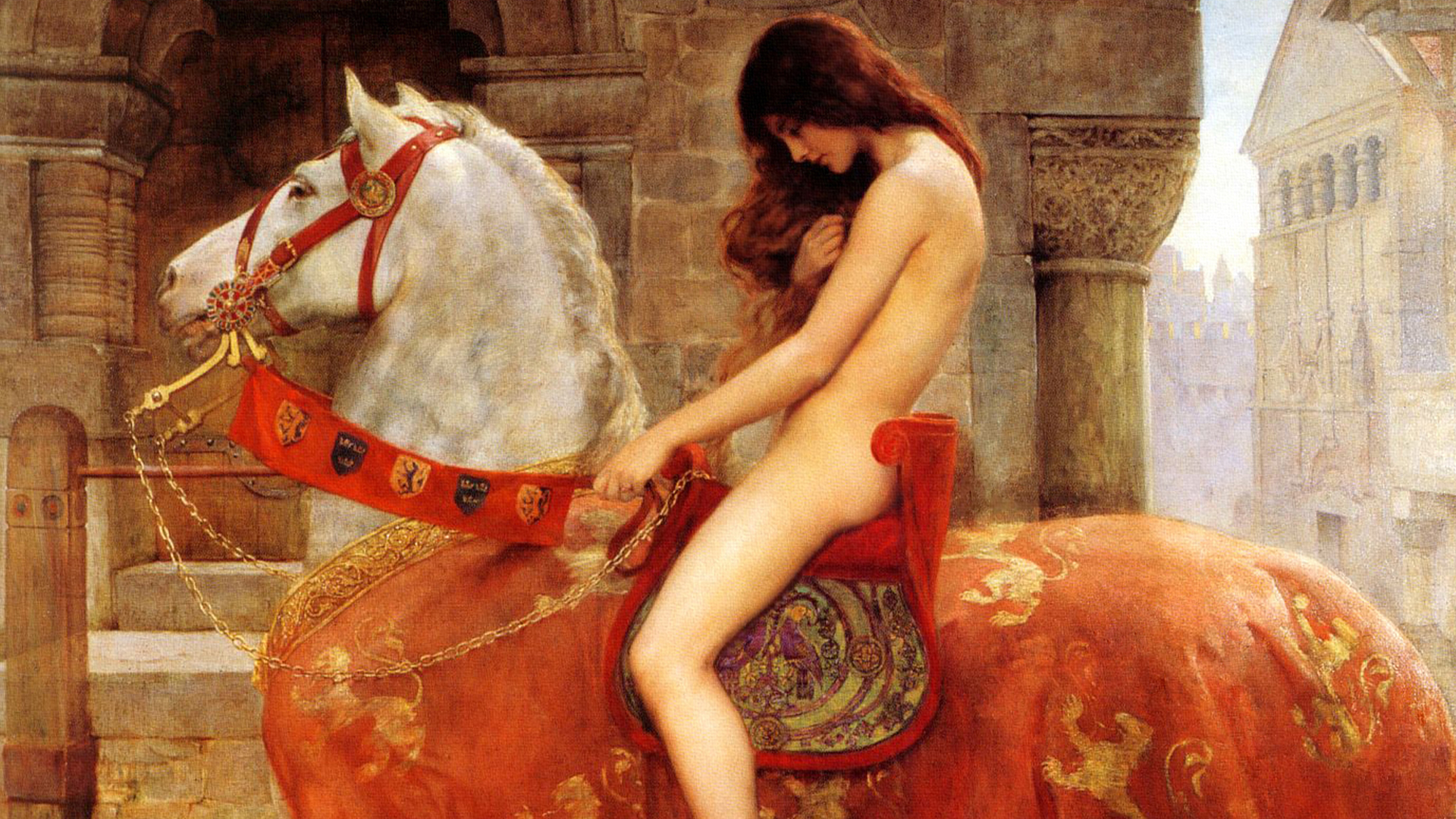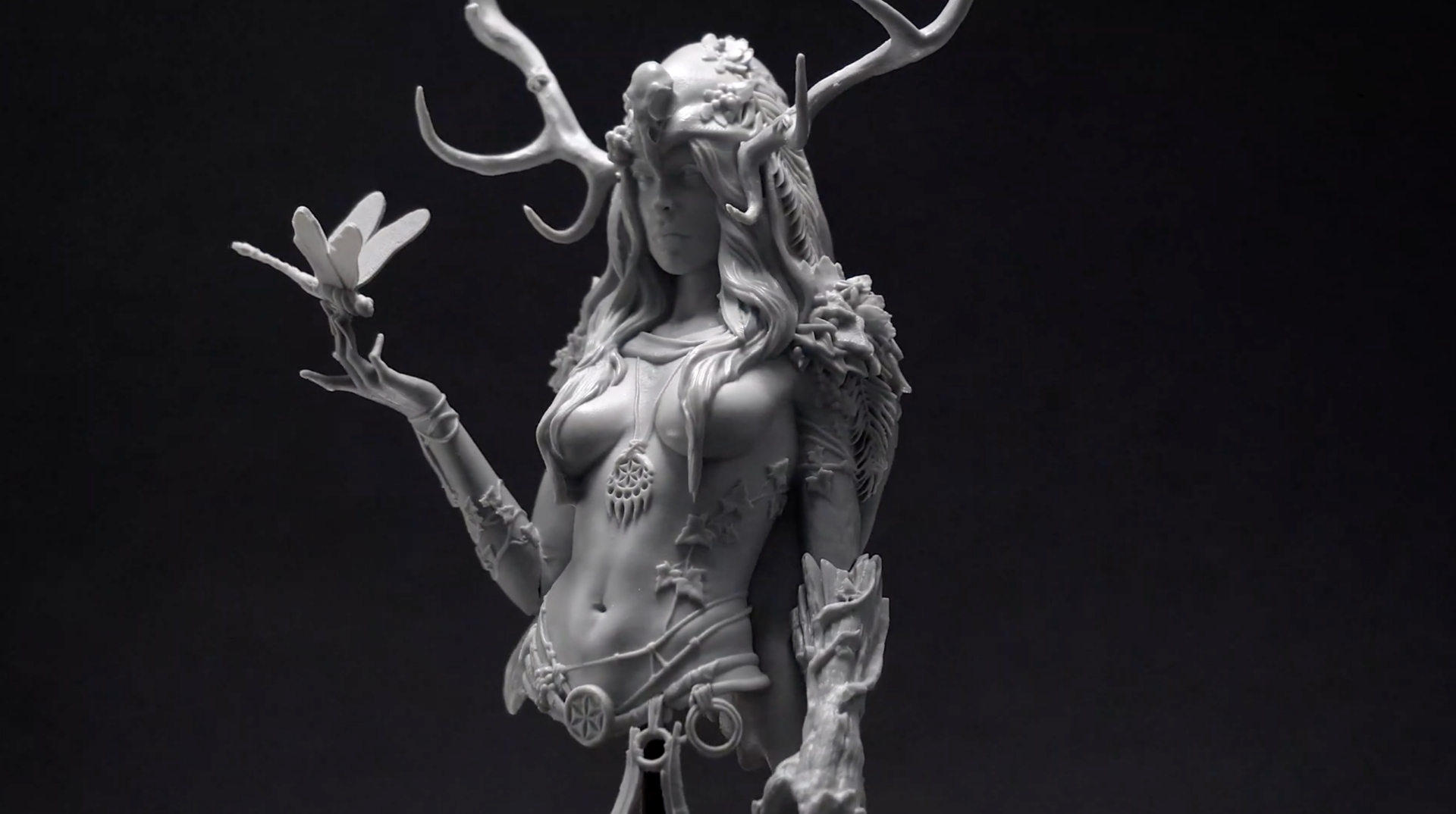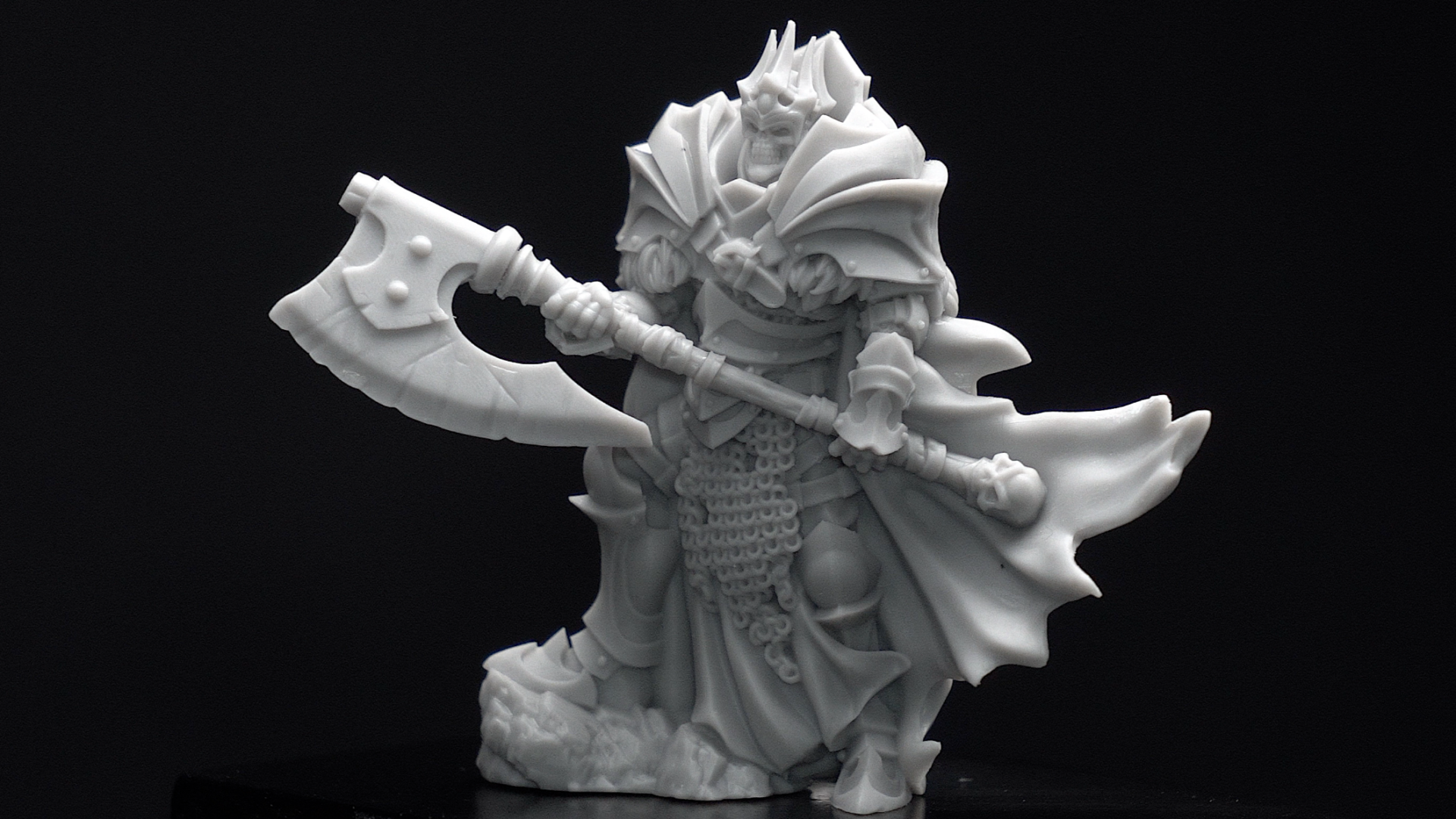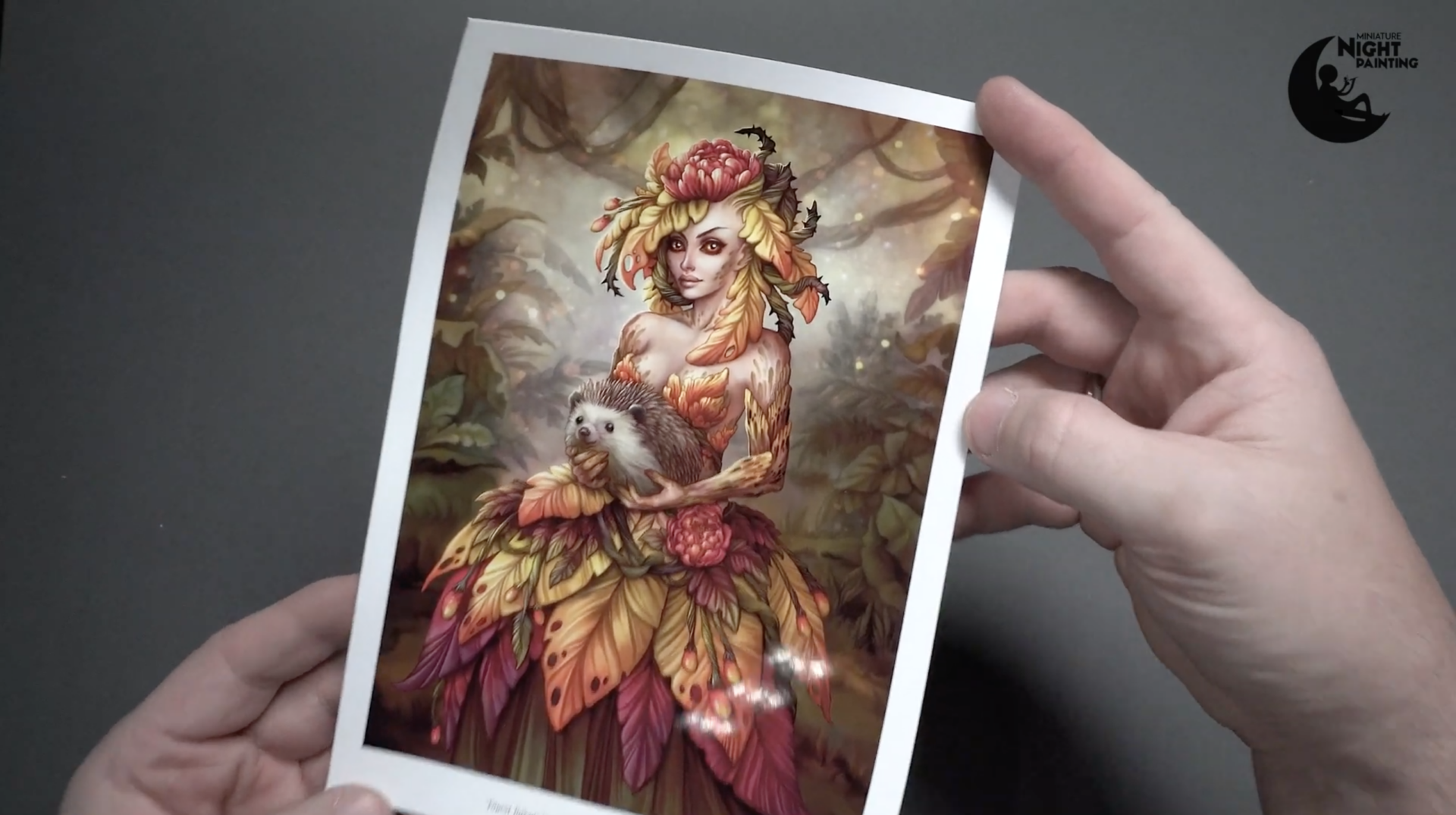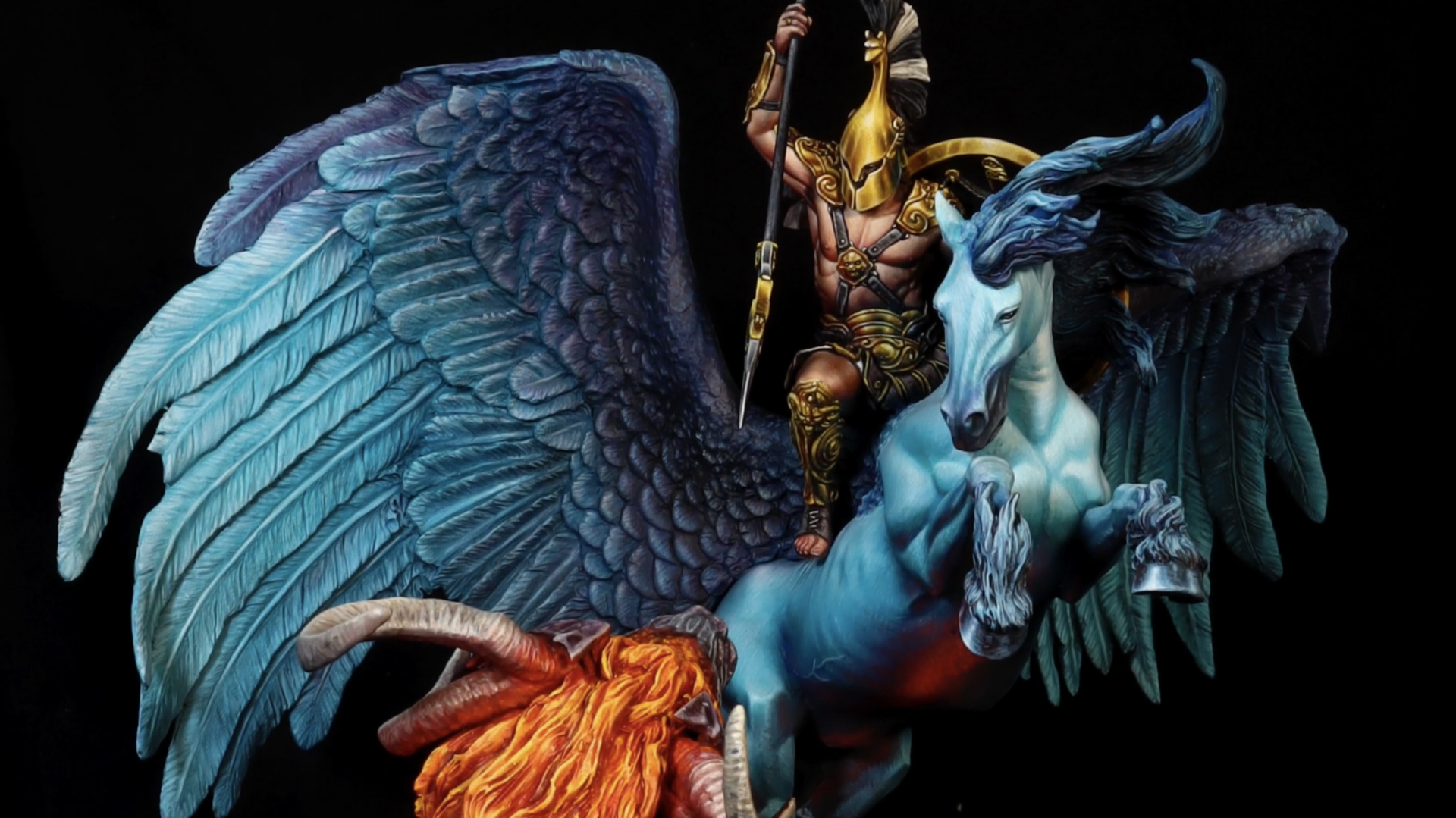Ride you naked thro’ the town, and I repeal it” said the Anglo-Saxon Earl Leofric to his stubborn wife Godiva, challenging her, but certainly not expecting the consequences. The medieval legend narrates that in the 11th century, Lady Godiva, an audacious countess, tried to persuade her husband to end the heavy taxation that starved the English village of Coventry. Leofric said he would do this only on one condition: Godiva must ride naked through the town, sure his demure wife would never do such a thing. But never underestimate a woman who believes more in helping her people, than in morality, sanctimonious shame, and prudery: Lady Godiva rode completely naked, on Market Day, through the streets, covered just with her lengthy hair, and ending the tyrannical oppression of her husband. This medieval tale fascinated artists of all centuries, including the Pre-Raphaelite painter John Collier, who paint this story. His Godiva marches proudly, hidden only by her auburn hair, on a horse covered with a richly embroidered, carmine, saddle. The chromatic contrast between the two subjects stands out in the neo-gothic atmosphere of the town, which seems completely empty. In fact, according to the legend, the day of the ride Coventry became a ghost-town; the residents, as a sign of gratitude, closed their windows, to show respect to the heroine, except the voyeur “Peeping Tom”, a tailor who did not resist to watch Godiva and he was then punished with blindness. Collier captures in his painting the frozen atmosphere of the town, and also its profound respect to the woman and her act. Unlike other artists which represented Godiva, he avoided painting details of her body, depicting her as a profile silhouette, which covers her face. But she is not humiliated, her bowed head shows delicacy and determination. Great story and very cool mini.
Przejedź nago przez miasto, a ja to uchylę” – powiedział anglosaski hrabia Leofric do swojej upartej żony Godivy, rzucając jej wyzwanie, ale z pewnością nie spodziewając się konsekwencji. Średniowieczna legenda opowiada, że w XI wieku Lady Godiva, zuchwała hrabina, próbowała przekonać męża do zniesienia ciężkich podatków, które zagłodziły angielską wieś Coventry. Leofric powiedział, że zrobi to tylko pod jednym warunkiem: Godiva musi przejechać nago przez miasto, pewien, że jego skromna żona nigdy nie zrobiłaby czegoś takiego. Ale nigdy nie lekceważ kobiety, która bardziej wierzy w pomoc swoim ludziom, niż w moralność, święty wstyd i pruderię: Lady Godiva przejechała zupełnie naga, w dzień targowy, przez ulice, przykryta jedynie swoimi długimi włosami, i zakończyła tyrański ucisk swojego męża. Ta średniowieczna opowieść fascynowała artystów wszystkich wieków, w tym prerafaelickiego malarza Johna Colliera, który namalował tę historię. Jego Godiva jedzie dumnie, ukryta jedynie przez swoje kasztanowe włosy, na koniu pokrytym bogato haftowanym, karminowym, siodłem. Chromatyczny kontrast między tymi dwoma tematami wyróżnia się w neogotyckiej atmosferze miasteczka, które wydaje się zupełnie puste. W rzeczywistości, zgodnie z legendą, w dniu przejazdu Coventry stało się miastem-widmem; mieszkańcy, na znak wdzięczności, zamknęli okna, by okazać szacunek bohaterce, z wyjątkiem podglądacza “Peeping Toma”, krawca, który nie miał oporów, by podglądać Godivę, za co został ukarany ślepotą. Collier oddaje w swoim obrazie mroźną atmosferę miasta, a także jego głęboki szacunek dla kobiety i jej czynu. W przeciwieństwie do innych artystów, którzy przedstawiali Godivę, unikał malowania szczegółów jej ciała, przedstawiając ją jako sylwetkę z profilu, który zasłania jej twarz. Nie jest jednak upokorzona, w jej pochylonej głowie widać delikatność i determinację. Świetna historia i bardzo fajna figurka.

